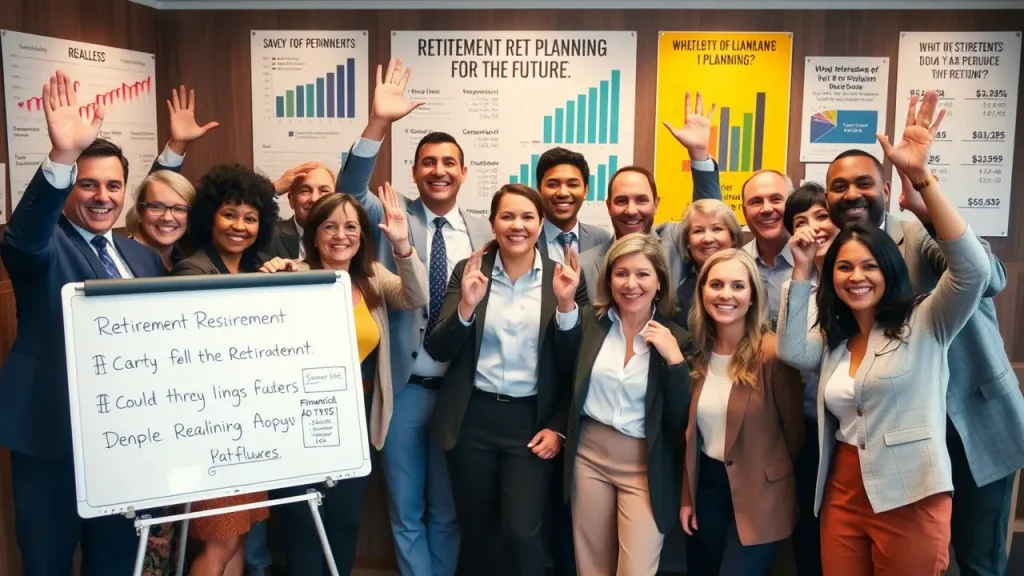Nearly 60% of Americans express insecurity about their retirement plans, indicating widespread concern about financial stability in later years. Even more alarming, over a third of Americans have no retirement plan whatsoever, leaving their financial future uncertain.
Financial Literacy and Retirement Planning
Financial literacy plays a crucial role in retirement preparation. The correlation between understanding financial concepts and effective retirement planning appears stronger than ever in 2025. Among those with retirement strategies, only a quarter began preparing before age 25, missing valuable years of compound growth.
The retirement savings landscape shows 42% of Americans with retirement plans relying on “basic 401(k) schemes,” while 24% admit they don’t know enough about available retirement savings options. This knowledge gap creates barriers to optimal financial planning and potentially leaves money on the table through missed tax advantages or employer matching opportunities.
Enhancing financial literacy could significantly improve retirement outcomes. According to the Checkbox survey, 17% of respondents believed they could save more effectively with better financial knowledge. Educational resources, financial advisors, and workplace financial wellness programs offer pathways to improve understanding and confidence in retirement planning.
Cost of Living Challenges
The primary obstacle to increased retirement savings for most Americans remains the high cost of living, with 77% of survey respondents citing this as the main barrier to saving more. Housing costs, healthcare expenses, education, and daily necessities continue to consume substantial portions of the average American’s income.
In metropolitan areas where costs typically exceed national averages, residents face even greater challenges in allocating funds toward retirement. Regional variations in cost of living create disparities in retirement readiness, with those in higher-cost areas often struggling more to maintain adequate savings rates.
Despite these challenges, incremental improvements remain possible. The survey indicates that 10% of Americans plan to open savings accounts, suggesting growing awareness of the importance of financial preparedness. Strategic budgeting and expense reduction can create opportunities to increase retirement contributions even in high-cost environments.
